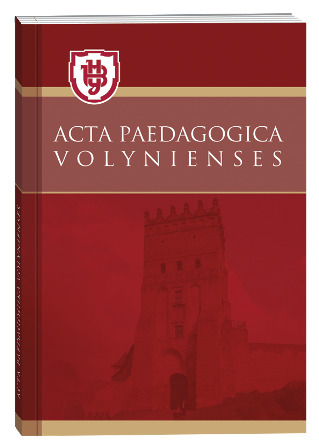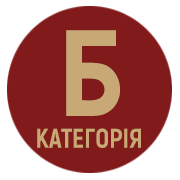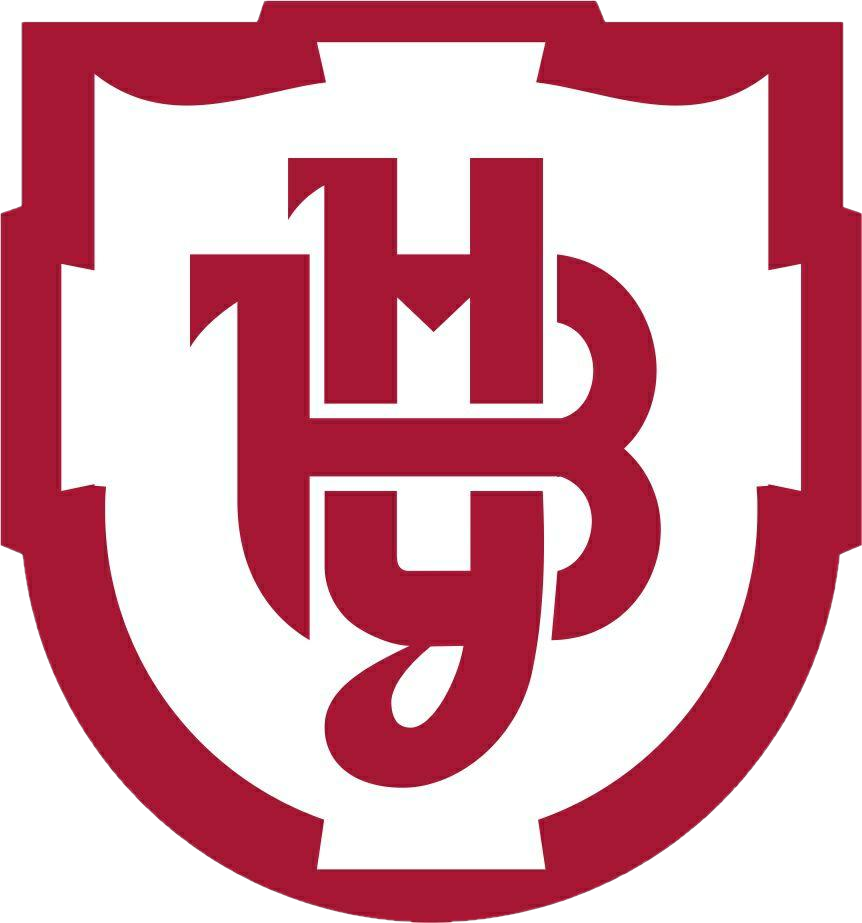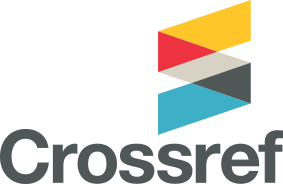FORMATION OF ARTISTIC AND AESTHETIC NEEDS OF THE PERSONALITY BY MEANS OF CHOREOGRAPHIC ART: THEORETICAL ASPECTS
DOI:
https://doi.org/10.32782/apv/2024.5.11Keywords:
means, personality, choreography, choreographic art, artistic and aesthetic education, artistic and aesthetic experience, formationAbstract
The article focuses on some theoretical aspects of the problem of forming artistic and aesthetic needs of the individual by means of choreographic art. It is emphasized that in modern conditions of development of society, deep social, spiritual and economic shifts and challenges, modernization of the education system, the issues of artistic and aesthetic education of the individual, the formation of its artistic and aesthetic needs, which affects the humanization of its consciousness, the increase of optimistic worldview, the activation of the cultural-creative function, acquire special importance. It is noted that the self-realization of a modern individual, his «entry» into the world of spiritual values of society is carried out through the formation of value orientations, which, in turn, determine the artistic and aesthetic needs of a person, which, enriching the spiritual world of the individual, become the starting trigger mechanism of emotional states and interests in the process of artistic activity, on the basis of which the formation of aesthetic beliefs, tastes occurs, which influence needs and contribute to their qualitative growth. Artistic and aesthetic needs include the ability to appreciate the beautiful and strive for it; to form spiritual orientations; to preserve and multiply the cultural heritage of humanity; to understand art in general, and choreography in particular, its manifestations and patterns of development. The functional capabilities of choreographic art in the formation of artistic and aesthetic needs of the individual are characterized. It is generalized that choreographic art as a set of means of influence and education has unique capabilities for creating human needs, including needs of an artistic and aesthetic nature. Thanks to the specific figurative language, which includes movements, poses, facial expressions and gestures, choreographic art becomes an eloquent illustration of worldview, moral and artistic and aesthetic experience, and a complex of unique expressive choreographic means, including dance pattern, costume, props, tempo and rhythm, significantly contribute to the formation of artistic and aesthetic needs of the individual.
References
Барвіна Н. О. Художньо-естетична потреба як духовна домінанта сучасної вищої освіти. Духовність особистості: методологія, теорія і практика. №5 (74). 2016. С. 38–52.
Косаковська Л. П. Хореографія. Енциклопедія історії України: Т. Україна – українці. Кн. 1. / редкол.: В.А. Смолій (голова), Г.В Боряк, Я.В.Верменич та ін.; ред. рада: В.М. Литвин (голова) та ін: НАН України. Ін-т іст. України. Київ : Наукова думка. 2018. С. 400-407.
Куценко С. В. Жанрова різноманітність народно-сценічного танцю як засіб розвитку творчого потенціалу майбутнього вчителя хореографії. Проблеми підготовки сучасного вчителя: збірник наукових праць Уманського державного педагогічного університету. Вип. 2. 2010. 154–159.
Максименко А. Хореографічне мистецтво як засіб формування естетичних цінностей майбутніх педагогів. Проблеми підготовки сучасного вчителя: збірник наукових праць Уманського державного педагогічного університету імені Павла Тичини. Вип. 1. 2019. 70–76. URL: http://znp.udpu.edu.ua/article/view/167968
Полатайко О.М. Художньо-естетичний досвід у хореографічній діяльності підлітків. URL: https://enpuir.npu.edu.ua/bitstream/handle/123456789/19697/Polataiko.pdf?sequence=1&isAllowed=y
Отич О. Розвиток творчої індивідуальності особистості засобами хореографічного мистецтва. URL: file:///C:/Users/%D0%AE%D0%B7%D0%B5%D1%80/Downloads/OD_2010_2_9%20(1).pdf
Сипченко І. В. Значення досвіду художньо-педагогічного спілкування у професійному становленні майбутнього вчителя. Вісник Житомирського державного педагогічного університету. 1998. № 2. С. 65–67.
Laban Rudolf. The mastery of movement / Rudolf Laban ; with a new pref. by Roland Laban – 4th ed. rev. and enlarge d / Lisa Ullmann. Plymouth : Northcote House. 1988. 69 р.







